From education to evolution: how these artists succeed in the long journey of creativity
In Part II of our photo essay on the Oorja 2020 art exhibition, we showcase more artworks along with artist insights on success and impact.
Launched in 2014, PhotoSparks is a weekly feature from YourStory, with photographs that celebrate the spirit of creativity and innovation. In the earlier 455 posts, we featured an art festival, cartoon gallery. world music festival, telecom expo, millets fair, climate change expo, wildlife conference, startup festival, Diwali rangoli, and jazz festival.
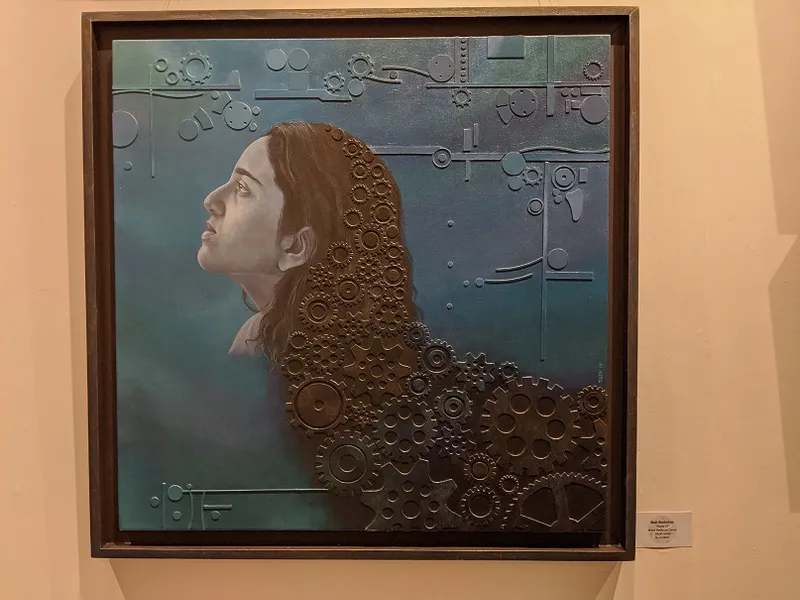
The Taj West End Art Corridor in Bengaluru recently featured an exhibition by 24 artists, titled Oorja (‘energy’ in Sanskrit). See our interview with curator MG Doddamani and Part I of our coverage, as well as our three-part series of the 2018 edition of the exhibition.
Spanning paintings and installations, the artist lineup includes Rama Suresh, Ritu Chawla Mathur, Rosh Ravindran, Sachin Jaltare, Shanker Sundaram, Shivakumar Kesaramadu, KT Shivaprasad, Sujata Sah Sejekan, Sunita Pavan, Vanaja Bal, Venkataraman R, and Vinod Kumar.
Rosh Ravindran
“I have been doing portraits for the last couple of years. My Facets series captures the young, talented, and brilliant women in a backdrop of various fields of technology,” explains engineer-artist Rosh Ravindran, in a chat with YourStory.
Though the women techies excel in their fields, they are not always acknowledged for their contributions, he adds. “This year, I connected them more with heavy machines and industries. I portrayed women with machine parts in the backdrop,” Rosh says.
Many people do not know that women now manage a lot of assembly lines in the automotive industries. “I used mixed media to get the relief effect on canvas, to depict the toughness of the environment,” he says. He made gears, pipes, and pistons using mountboard, pasted them on canvas, and then painted on it.
His artworks are priced from Rs 40,000 to Rs 50,000. “Feedback from the audience at Oorja was great. We take extreme care in every detail, from getting quality works from the artists to arranging the paintings in order to match the colour and theme,” Rosh proudly says.
He calls for more appreciation of art in India, and more visitors to art galleries. “Artworks can now be shared on social media and websites, and can reach more people very easily. Although the viewers may not get the actual look and feel, they can get the gist from the digital format,” Rosh says.
He also urges audiences to not just give positive comments, but provide critical views and explanations of what is effective and understandable for them. “Artists would like to know how successfully they were able to portray their thoughts through their art, and how viewers perceive them,” Rosh explains.
Ritu Chawla Mathur
Ritu Chawla Mathur, a former hospitality professional, is now an artist working with neutral and mono-toned pallets, as well as bold, chromatic colours. “I am enjoying exploring and experimenting with different types of media and tools, venturing into bigger and larger scale, and working in a series,” she adds.
“I think I am at that stage where I want to compose my own individuality and identity. I want to plunge into the unknown territory and continue the journey of experimentation,” she enthuses.
This is the second time Ritu has exhibited in the Oorja show. Her paintings are priced from Rs 22,000 to Rs 75,000. She earlier exhibited at Chitra Santhe as well (see our coverage of six years of the festival here).
She cites her favourite rock band Doors’ vocalist Jim Morrison in this regard: “In the universe there are things that are known and things that are unknown, and in between there are DOORs.”
“Unusual doors often take you to unusual worlds, a door that opens from the real world into a world that is yet to be discovered,” Ritu evocatively explains. For the Oorja exhibition, she showcased semi-abstract representation of doors as ‘Gateways to Cultures’.
“My semi-abstract mixed-media paintings creates stories on canvas with doors from all over the world as the centre of the compositions. It is a playground of vibrant colours, bold strokes, textures, techniques and some contemplation of the ordinary,” she describes.
“In the ordinary objects, like doors, art allows me to go beyond the shallow and literal interpretations that scratch no deeper than the surface. Instead, my imagination helps me delve into stories that are not always apparent,” Ritu explains.
For Oorja 2020, she prepared works titled Kemal, Aastha, and Tally me Banana, exploring themes from Turkish, Indian, and Jamaican cultures. For example, the Indian temple door evokes stories about hidden vaults and chambers leading to a temple treasure, or to a tunnel.
“Urban legends go, that if a human attempt is made to open these doors it could unleash unspeakable calamity to the world. That is the power and faith in doors,” Ritu explains.
The large canvas piece titled Kemal (‘perfection’) is inspired by the whirling dervishes of Sufi Islam, which deals with the purification of the inner self. “The door initiates the inner journey into the depth of the soul, into the domain of the pure and un-imprisonable spirit. The bright gold moon depicts the pure,” Ritu says.
“My artistic mind has always been captivated by the Sufi dervishes, which I actually find very enjoyable and relaxing to paint across a canvas. With bold strokes, palette knife, and thick paint, one is able to depict the depth of the folds of the broad skirts, and how they flare during their ceremonial whirling,” she adds.
Her other projects include participation in ‘Dhara,’ a group exhibition of paintings by women artists celebrating International Women’s Day. Partial proceeds from the Oorja show will also be shared with Bembala Foundation, an initiative of Whitefield Rising.
Ritu says she is pleased with the reception of the second Oorja show. “On the preview night itself we have been successful in connecting with lovers of the art and the cause, resulting in sales. It was indeed a very warm welcome on our return,” she says proudly.
The diversity of styles, directness of themes, and price ranges all helped make a connect with the audience. “This year, it has been the platform for a quite a few visitors to buy their first piece as well,” she adds.
Ritu points out three prominent trends in India’s art scene today. “The space of art is opening up, and is inclusive of commoners. The Indian middle class is now stepping up to support Indian art in a big way,” she observes.
The internet is a major source for finding artists, promoting art, and buying artworks. “Now people buying artworks are not just experienced collectors but first-time buyers, who are spending their income to enjoy its sheer beauty and not just as an investment,” Ritu ads.
Thirdly, there are many art shows and platforms for artists of multiple genres to interact, explore and participate. For example, multimedia, sculptures, and conceptual art are becoming prominent.
Jyoti Gupta
Bengaluru-based artist Jyoti Gupta’s works have traveled across Indian and overseas, to the US, Europe, Middle East and Singapore. “For me art is a reflection of changing times. I enjoy the flow state by immersing myself in art. I love bringing out the creativity of art as a fusion of the tradition and contemporary,” she explains.
For Oorja 2020, she created four pieces of art, priced from Rs 15,000 to Rs 50,000. Their theme is Kamdhenu (‘The Bestower’), symbolising the spiritual and material wealth in Hindu mythology. “Through this series, we invoke the grace of the Mother Goddess to bless us with resources and make our dreams and wishes of abundance come true,” Jyoti says.
The pieces are titled Growth with Me, Blue Blossom, Silver Abundance, and Golden Earth. Some of them are traditional oil paints with a clay background, embellished with vegetation made with pen and ink.
“One artwork of mine from the Oorja 2018 edition has been nominated for an award by the Karnataka Lalit Kala Akademi and will be on display at Chitra Kala Parishad from 20th March 2020 onwards,” Jyoti proudly says.
“I have realised that an artist truly grows with diverse exposure and perspectives,” she explains, drawing on her studies in zoology, botany, and law. “I love to experiment with different mediums and techniques and am ever curious to learn from anywhere and everywhere – a lifelong student in the school of art offered by the world,” Jyoti enthuses.
Her journey began at art hub Triveni Kala Sangam in New Delhi, and has now taken her abroad as well. “I like to create natural textures like wood grain, stone and glass on canvas. I am currently working on creating the moon on a piece of stone,” Jyoti explains.
Sujata Sah Sejekan
Born in Nepal, Sujata Sah Sejekan is now based in Bengaluru. “Art is a celebration of self, nature and the abstract. I get inspiration from all around: flora, fauna, and the magical phenomenon of human lives,” she explains. She sees art as a medium to showcase unique thought processes, creativity and intellect.
Her artworks at the Oorja show were priced from Rs 25,000 to Rs 75,000. They were titled Beauty of Joy (Degas Ballet Dancer) and Core of Evolution (natural processes of harmony and balance). They involved prints as well as mixed media on canvas board.
Sujata works in different styles like realistic portraits, landscapes, intricate drawings, prints, and figurative composition. She tries to convey positive energy despite much negativity in the world around us. “Every time I work on a new painting, I make sure that the viewer will find something new in my new way of expression,” she says.
Over the last 13 years, she has completed more than 2,000 artworks. Her works have found their way to collectors in India, Nepal, Singapore, Germany, UK, Ireland, France and US. She has exhibited at Sublime Galleria in Bengaluru and the Mayinart show in Singapore.
Sujata sees success for herself in always being able to learn and create. “Success is when you are capable of utilising your everyday in nurturing something or someone around you, and using your creativity and thought process to develop yourself into a better human being each day,” she enthuses.
“Success is when you learn something new every new day, with the same theme of positivity. Awards and commercial gains are just witness to your hard and smart work, but real success is being consistent in what you do despite ups and downs,” Sujata explains.
She calls for more art appreciation in India, which includes visiting shows and bringing children to galleries. This helps nurture creativity and aesthetics in children and make them art lovers, Sujata explains, who herself is a mother of a five-year-old.
Like other exhibitors, Sujata found the Oorja show to be satisfying and amazing. “People and artists whom I never knew before came up and appreciated my works, I felt so great and was much inspired and energised,” she enthuses.
The road ahead
Many of the artists offer tips for aspiring artists as well. “India has a very rich cultural heritage, and local art needs to be practiced and promoted,” Sujata advises. “The Art which touches your heArt, please make it your pArt,” she poetically adds.
“Learn more about art and artists. Approach artists and ask about their thought process. Read books and search online for images of art by old and new masters. Develop the habit of visiting exhibitions,” she recommends.
“Learn to respect all your materials. Be disciplined in maintaining all your tools and completed works. Learn something new every day,” Sujata urges.
“To value art and artists, India still has a long way to go, though the art scene is getting better with every passing year. My message to artists is: let your talent and creativity unfold by allowing it an expression, it will be sad to think of a world otherwise,” Jyoti says.
“As artists, we must not be satisfied by remaining static. We must be fearless to explore new genres and experiment with new tools and techniques – and maybe the very traditional principles of art – and continue to evolve,” Ritu urges.
“In the beginning, it’s okay mirroring others’ work. We soak up the works of the masters and of artists we admire and reflect it in our art. But one day that isn’t enough. One day, it’s no longer gratifying,” she explains.
“And then one day, we find our calling. The evolution of human development is similar to the evolution of an artist. Never can enough be said about the importance of evolving,” Ritu signs off.
Now, what have you done today to pause in your busy schedule and fully explore your inner creative self?
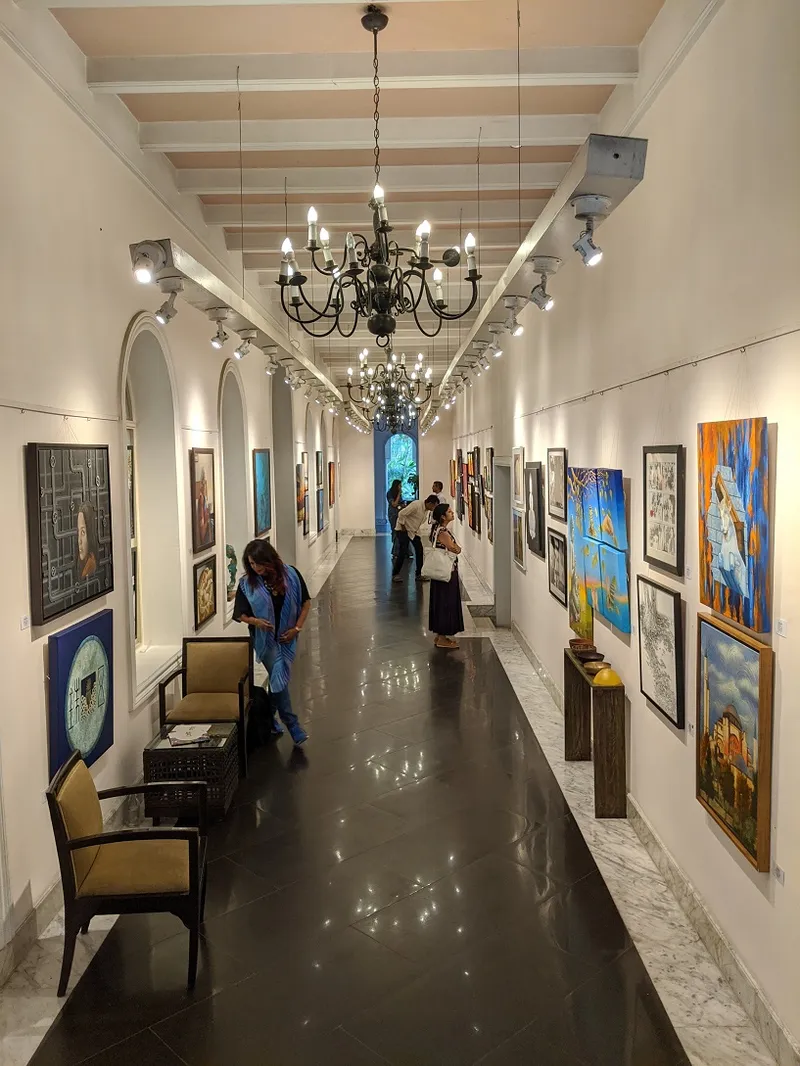

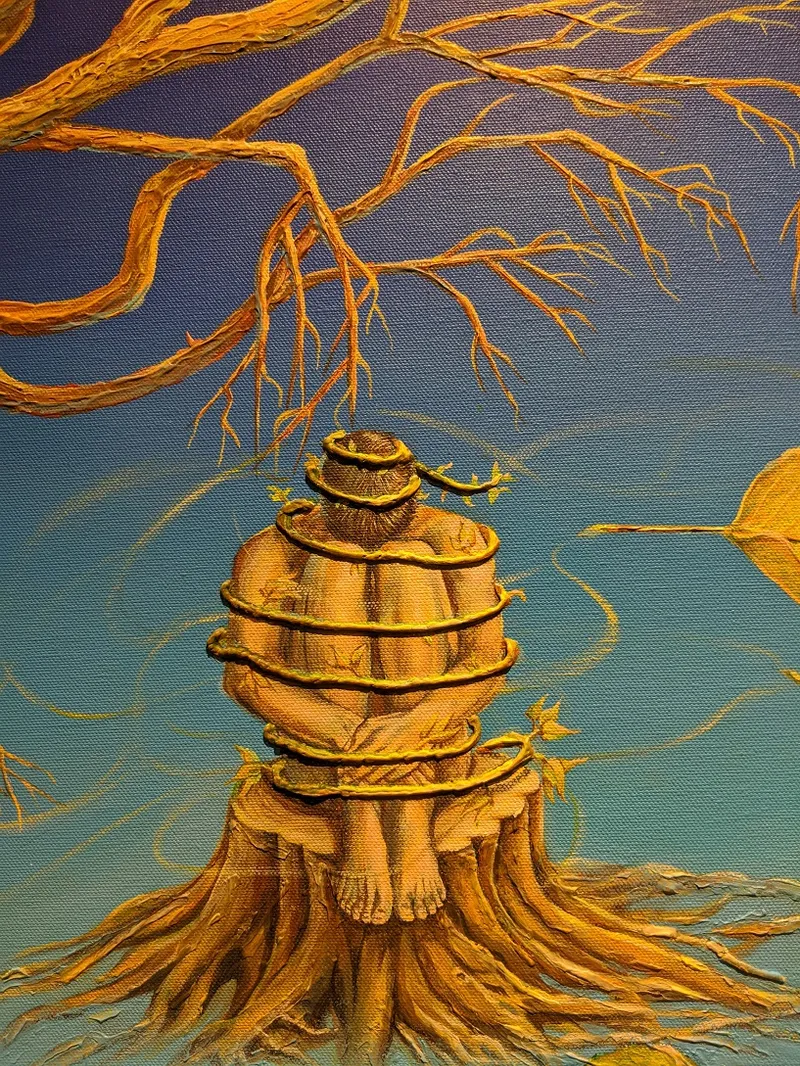
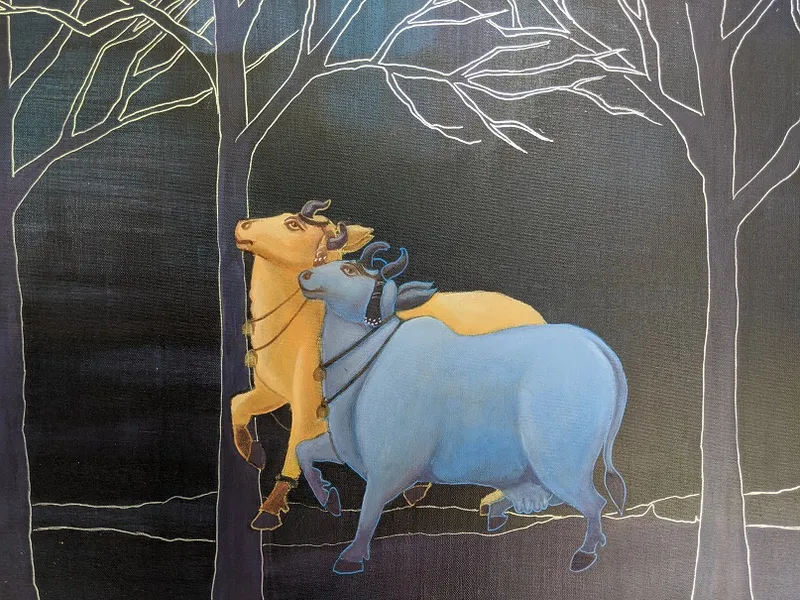
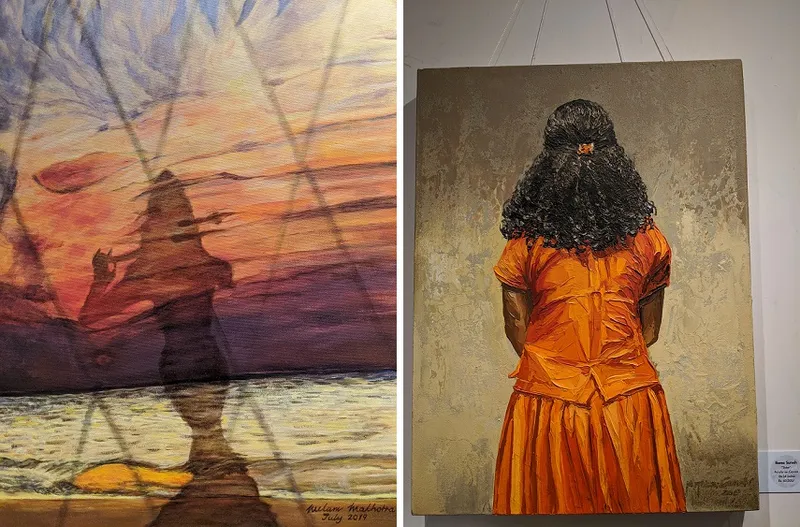
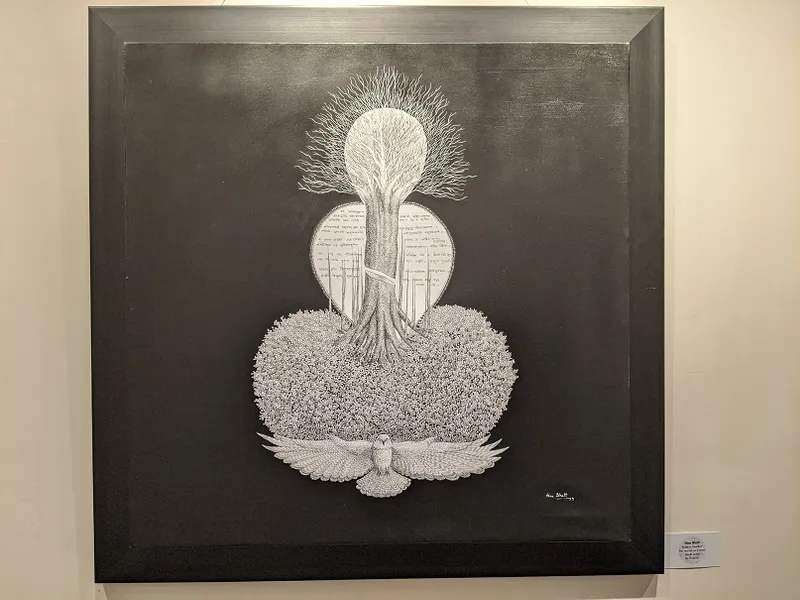
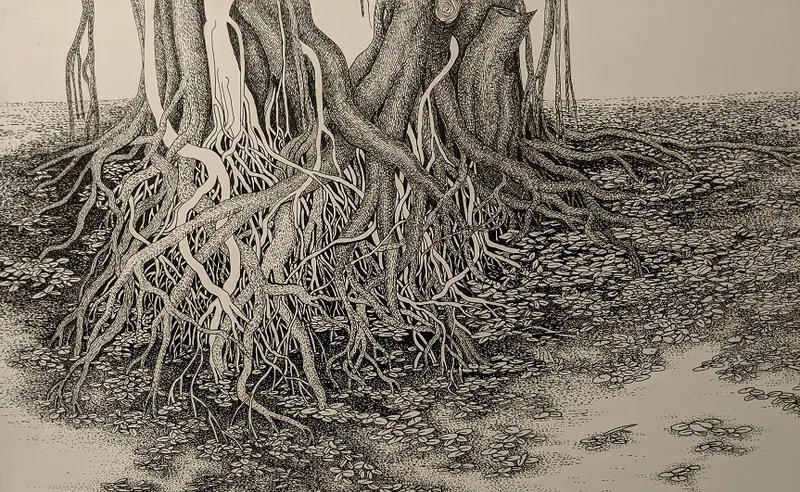

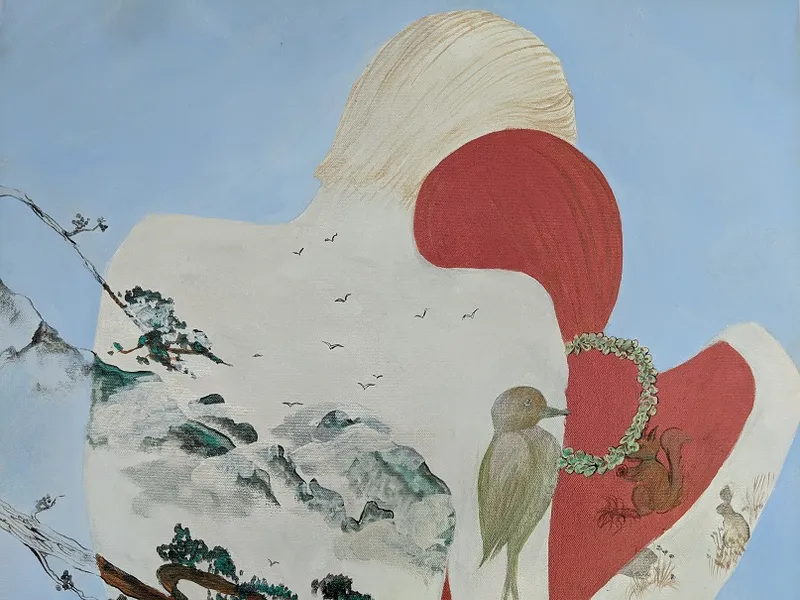
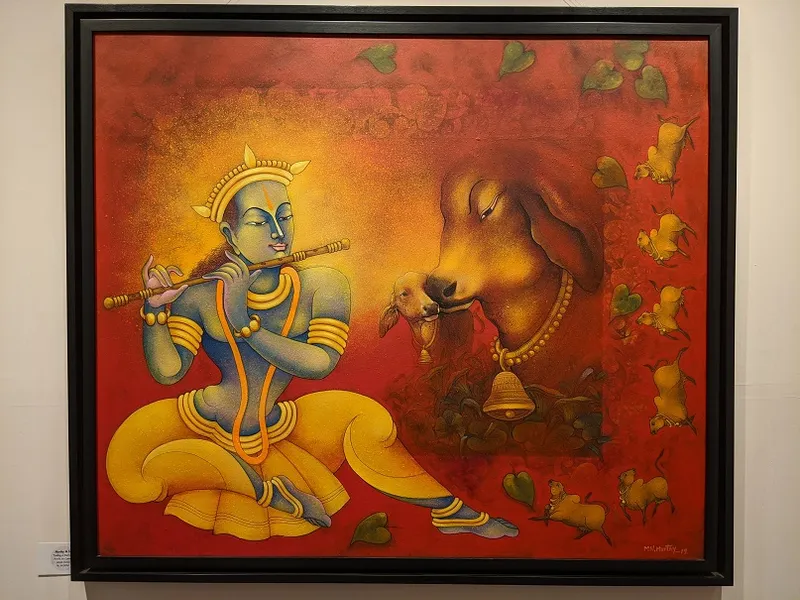
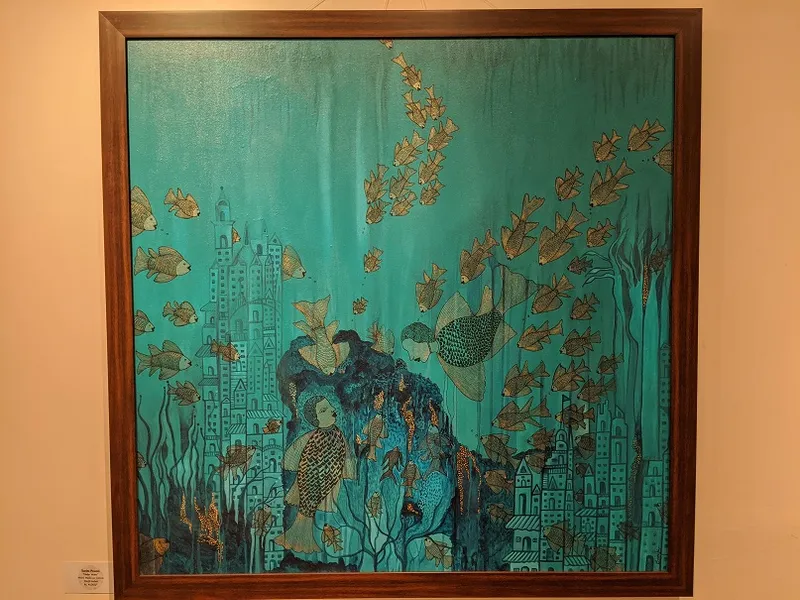
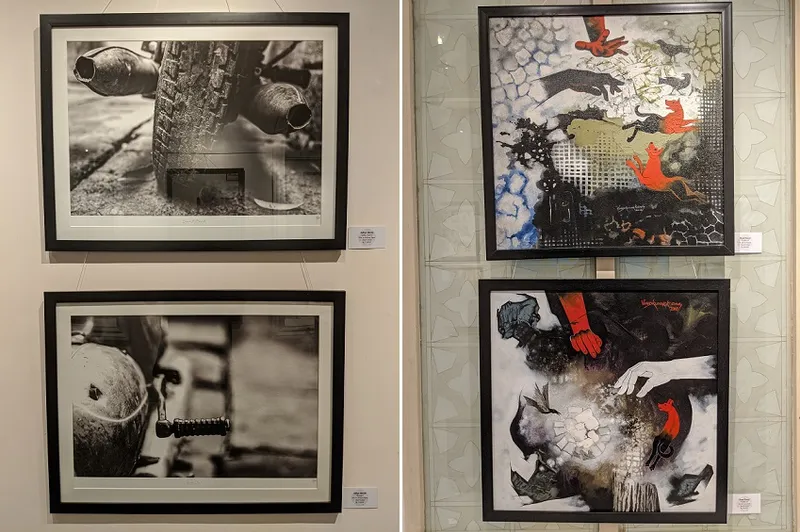
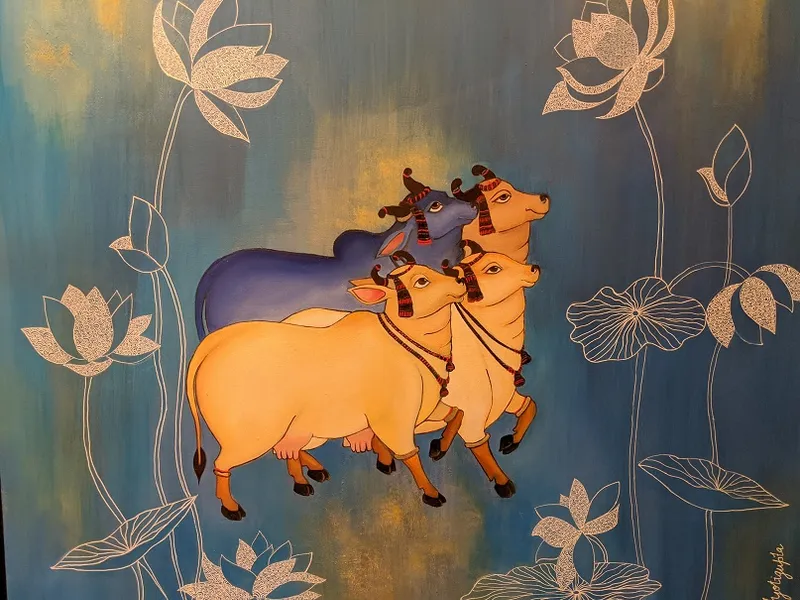
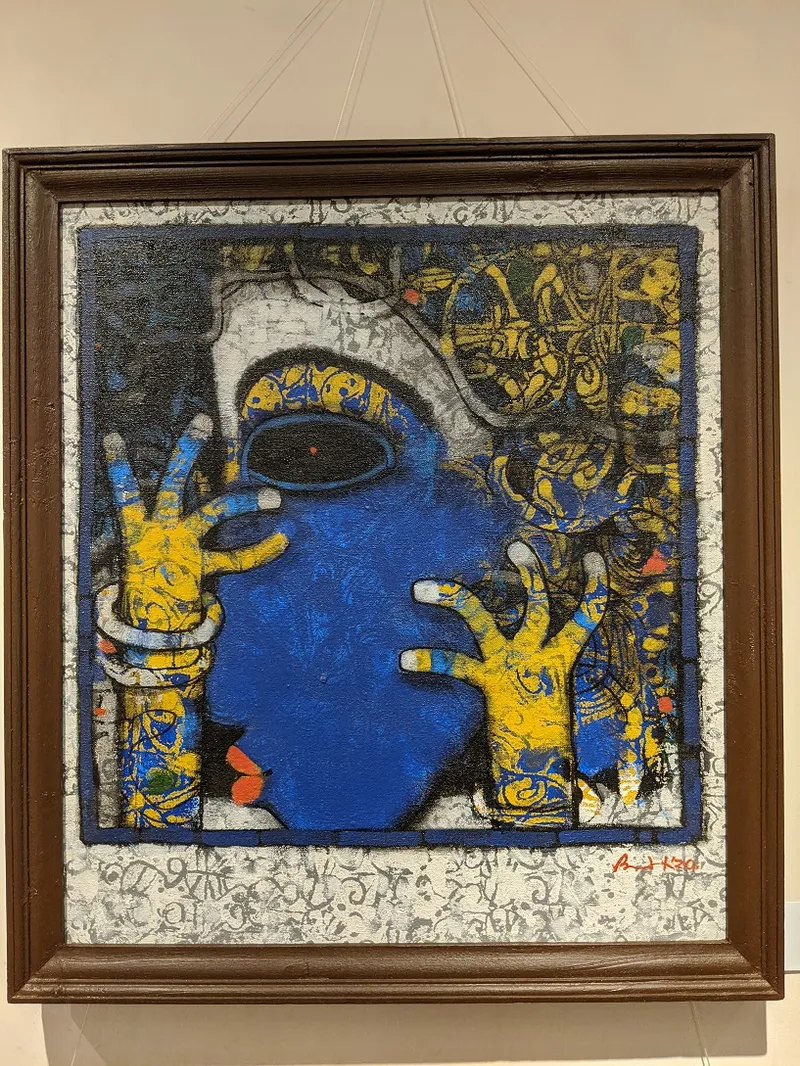
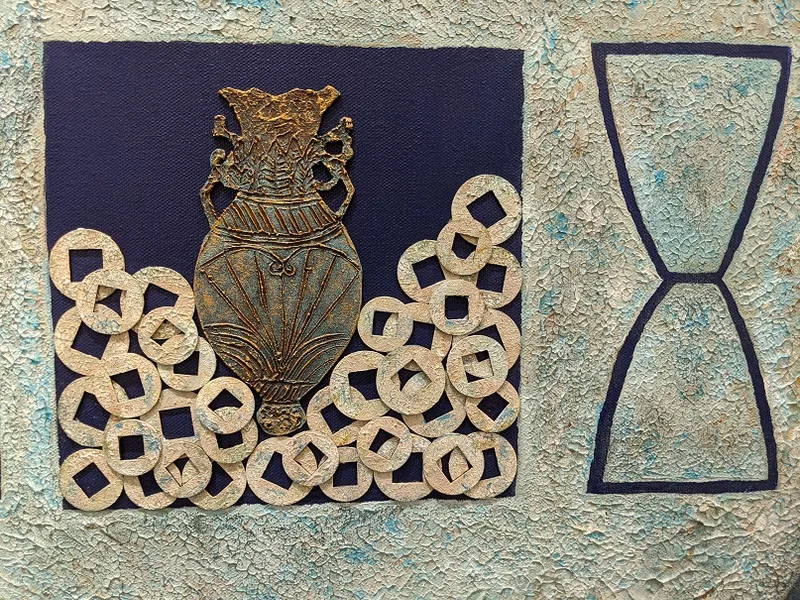


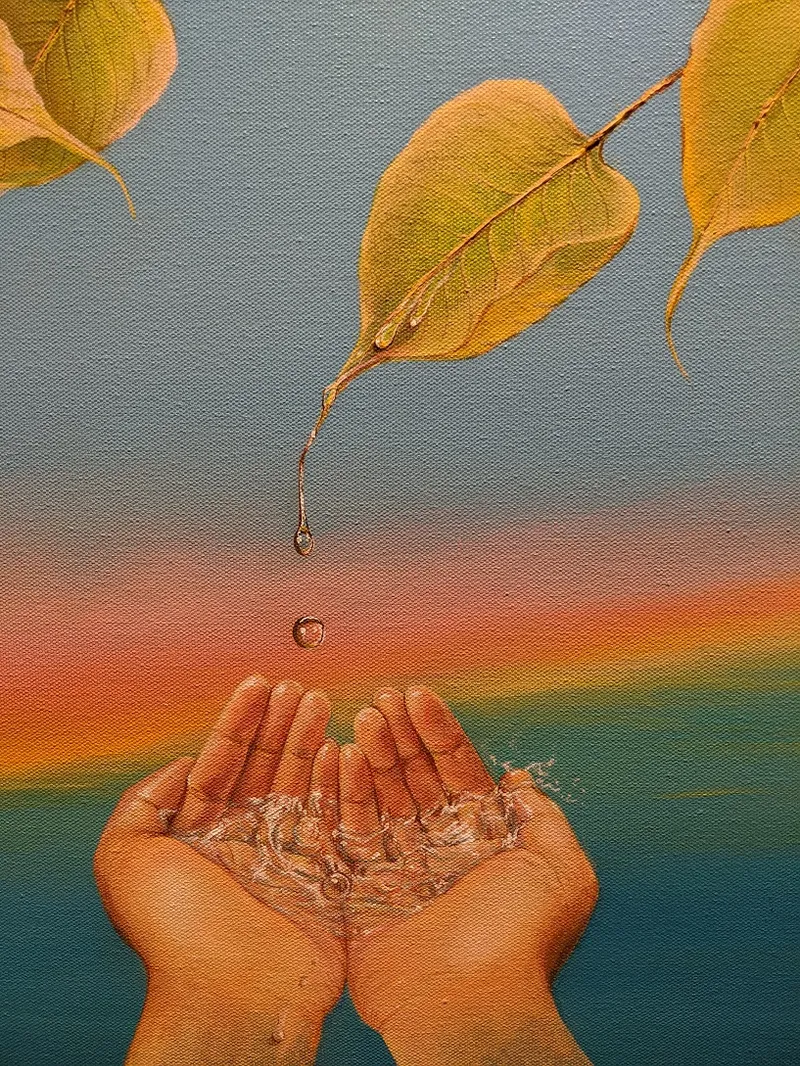
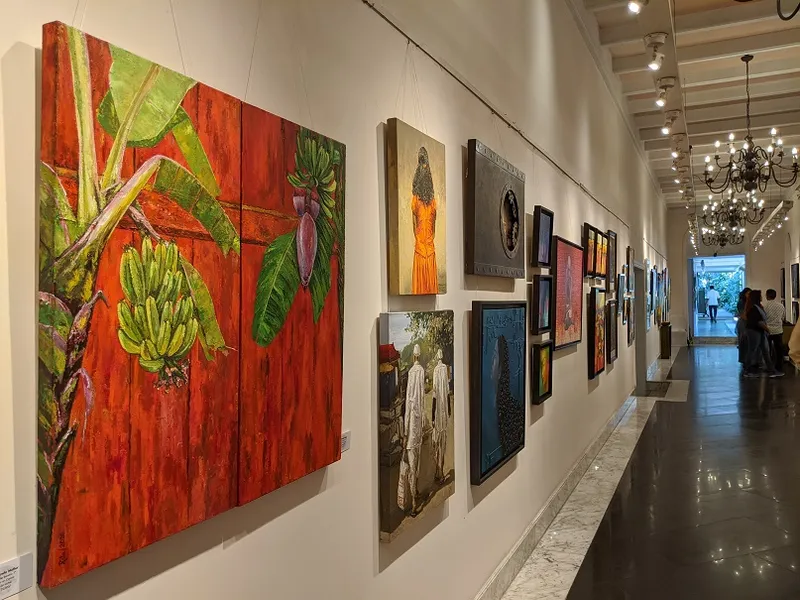
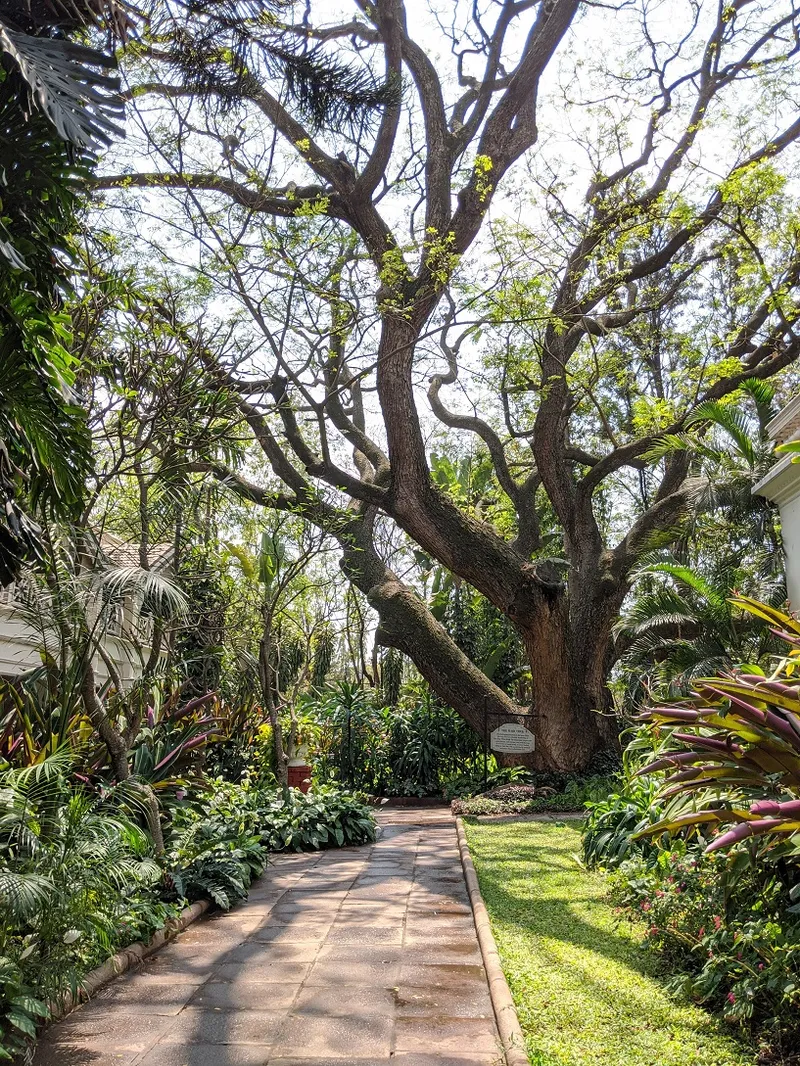
Got a creative photograph to share? Email us at PhotoSparks@YourStory.com!
See also the YourStory pocketbook ‘Proverbs and Quotes for Entrepreneurs: A World of Inspiration for Startups,’ accessible as apps for Apple and Android devices.
(Edited by Teja Lele Desai)







